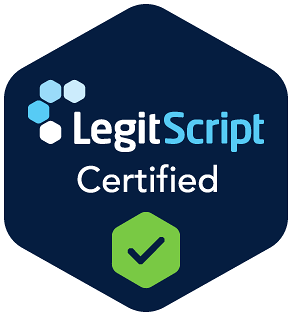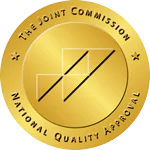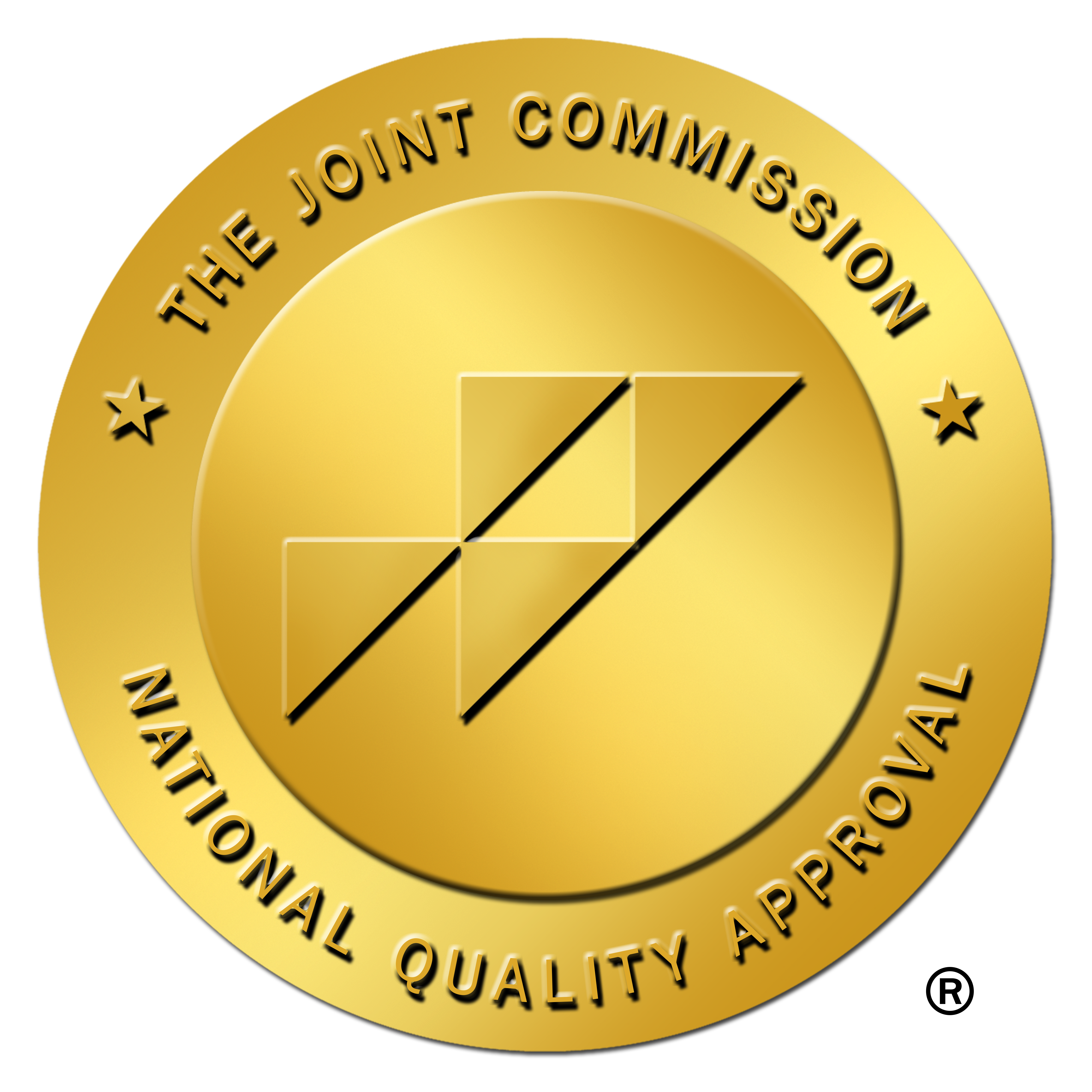According to the Substance Abuse and Mental Health Services Administration (SAMHSA), “approximately 21.5 million adults in the United States have a co-occurring disorder.”[1]
Navigating the road to recovery from addiction is difficult. When mental health issues accompany substance use, something known as dual diagnosis or co-occurring disorders, that road can feel even more complex. For individuals in Ohio dealing with both addiction and a co-occurring mental health disorder like depression, anxiety, PTSD, or bipolar disorder, finding a program that treats both conditions simultaneously is critical.
But how do you identify a quality dual diagnosis treatment program in Ohio? What sets one facility apart from another? And what should you look for if you or your loved one is ready for help?
In this article, you will learn:
- What does dual diagnosis mean?
- Why is dual diagnosis treatment important?
- What should you consider when choosing a treatment provider?
What Is a Dual Diagnosis?
Dual diagnosis (also called co-occurring disorders) refers to the presence of both a substance use disorder and a mental health condition at the same time. Any mental health condition can occur at the same time as addiction.
Mental illness and substance use can feed into each other. For example, someone with untreated depression may use alcohol to self-medicate, which can lead to dependence. Conversely, prolonged drug use may trigger or worsen a mental health disorder.
This intertwined relationship means treating one without the other often results in relapse.
Why Dual Diagnosis Treatment Is Essential
Traditional addiction treatment programs may focus solely on substance use without addressing the root causes or accompanying mental health challenges. But without addressing the mental health component, recovery rarely sticks.
Effective dual diagnosis treatment uses an integrated approach, where both the addiction and mental health issues are treated simultaneously and with equal importance. This often includes:
- Medication-assisted treatment (MAT)
- Individual and group therapy
- Trauma-informed care
- Psychiatric care and medication management
- Life skills training
- Relapse prevention strategies
In short, a dual diagnosis program doesn’t just aim to stop the substance use; it addresses the underlying emotional, psychological, and behavioral health issues driving it.
Ohio’s Mental Health and Addiction Landscape
Ohio has been hit particularly hard by the addiction crisis. The state consistently ranks among the highest in the nation for overdose deaths. In 2022, Ohio recorded over 5,000 drug overdose deaths, with opioids playing a major role.[2]
At the same time, mental health issues are rising. According to the National Alliance on Mental Illness (NAMI) Ohio, more than 2 million Ohio adults report symptoms of anxiety or depression, and only about half receive any form of treatment. Additionally, 1,906,000 adults in Ohio have a mental health condition. That’s more than 4x the population of Cleveland.[3]
This overlap makes it vital for Ohioans to access care that addresses both sides of the coin.
8 Criteria for Choosing the Best Dual Diagnosis Program in Ohio
If you’re considering treatment for yourself or a loved one, here are the key factors to evaluate when selecting a dual diagnosis facility:
1. Accreditation and Licensing
Make sure the facility is licensed by the Ohio Department of Mental Health and Addiction Services (OhioMHAS) and accredited by national organizations like The Joint Commission (TJC) and the Commission on Accreditation of Rehabilitation Facilities (CARF)
These certifications ensure the program meets established standards for safety, ethics, and effectiveness.
2. Qualified Staff
Dual diagnosis treatment requires a multidisciplinary team. Look for facilities where the staff includes:
- Licensed clinical social workers (LCSWs)
- Psychiatrists
- Addiction specialists
- Counselors with experience in co-occurring disorders
You should also ask about staff-to-patient ratios and whether therapy is individualized or generalized.
3. Integrated Treatment Approach
Integrated care means both mental health and substance use disorders are treated together using evidence-based methods. Be wary of any program that treats these issues separately or in sequence.
Effective integrated approaches include:
- Cognitive Behavioral Therapy (CBT)
- Dialectical Behavior Therapy (DBT)
- Trauma-informed care
- Medication management
- Peer support services
4. Personalized Treatment Plans
No two people experience addiction and mental illness in the same way. A reputable program will create customized treatment plans tailored to the individual’s diagnosis, history, and goals.
You should ask:
- How is the treatment plan developed?
- How often is it reviewed and updated?
- Is the patient involved in decision-making?
5. Continuum of Care
Recovery doesn’t end after 30 days. Look for programs that offer a full continuum of care, including:
- Inpatient/residential treatment
- Partial hospitalization (PHP)
- Intensive outpatient (IOP)
- Aftercare planning and alumni support
This step-down approach helps people gradually transition back into everyday life while maintaining progress.
6. Dual Diagnosis Experience
Experience matters. Ask how long the facility has been treating co-occurring disorders and what percentage of their patients fall into this category. Facilities that specialize in dual diagnosis are often better equipped to handle complex needs.
7. Family Involvement
Addiction and mental health issues affect the entire family system. Top-tier programs often involve family members in education, therapy, or support groups. This strengthens the recovery process and helps heal relationships.
8. Insurance and Cost Transparency
Treatment is a significant investment. Make sure the program is upfront about costs and works with your insurance provider. Ohio offers resources through Medicaid and other state-funded programs for those who qualify. If you don’t have insurance, some programs offer payment plans like sliding scale fees or full scholarships based on your income.
Questions to Ask When Vetting a Facility
Here are some questions you can ask when speaking with an admissions counselor:
- What is your experience with dual diagnosis clients?
- How do you coordinate care between mental health and addiction specialists?
- Do you offer trauma-informed care?
- What aftercare or relapse prevention services are available?
- How do you measure treatment success?
Asking these questions will provide you with a good idea on whether the program is qualified to treat your co-occurring disorders.
Red Flags to Watch Out For
While there are many excellent programs in Ohio, not all are created equal. Be cautious of:
- Facilities that promise a “cure” or guaranteed sobriety
- Programs with no licensed mental health professionals
- A lack of clear treatment planning
- Poor online reviews or multiple complaints with the Better Business Bureau (BBB)
Get Connected to a Top-Rated Dual Diagnosis Rehab in Ohio
Choosing the right dual diagnosis treatment program in Ohio is a critical decision that can profoundly shape a person’s recovery journey. It requires diligence, thoughtful questions, and often, a leap of faith. But with the right support and a comprehensive, integrated approach, healing is not only possible—it’s probable.
If you or someone you love is struggling with both mental health and substance use, don’t wait. Start asking questions, reach out to professionals, and take that first step toward recovery today. Contact Next Life Recovery to find out more about our dual diagnosis facility in Ohio.
Frequently Asked Questions (FAQs)
1. What should I expect during the intake process for a dual diagnosis treatment program?
During intake, you’ll typically undergo a comprehensive assessment that includes physical health screening, psychiatric evaluation, substance use history, and a review of your personal and family background. This process helps the clinical team develop a personalized treatment plan and determine the appropriate level of care (inpatient, outpatient, etc.).
2. Can dual diagnosis treatment be effective if I’ve relapsed before?
Yes. Many dual diagnosis clients have experienced previous relapses, especially if earlier treatment didn’t address their mental health condition. Integrated care that targets both addiction and mental illness improves long-term outcomes and can be especially helpful for those with a history of relapse.
3. Are there gender-specific or LGBTQ+ friendly dual diagnosis programs in Ohio?
Yes. Some facilities offer gender-specific programs, which can create a safer, more relatable space for healing. Others are inclusive of LGBTQ+ individuals and tailor treatment to address unique challenges such as identity-related trauma or discrimination. Always ask whether the program offers culturally competent care.
4. How long does dual diagnosis treatment usually last?
Treatment duration varies depending on the severity of both the addiction and the mental health condition. Residential programs may last 30–90 days, while outpatient treatment and therapy can extend for several months or more. Long-term recovery often includes ongoing support like therapy, medication management, and peer support groups.
5. What role does medication play in dual diagnosis treatment?
Medication can be a critical part of treatment, especially for managing mental health conditions such as depression, anxiety, or bipolar disorder. It may also be used in medication-assisted treatment (MAT) for substance use disorders. Prescriptions are carefully monitored and adjusted by a psychiatrist as part of a comprehensive care plan.
6. Is it possible to work or go to school while in treatment?
Many outpatient and intensive outpatient programs (IOPs) offer flexible schedules that allow clients to continue working or attending school. If maintaining these responsibilities is important to you, look for programs that emphasize real-world integration while still providing structured clinical support.
References:
- The Substance Abuse and Mental Health Services Administration (SAMHSA): Co-Occurring Disorders and Other Health Conditions
- Ohio Department of Health: Report: Unintentional Drug Overdose Deaths Fell 5% in 2022
- The National Alliance on Mental Illness (NAMI): Ohio State Fact Sheet







